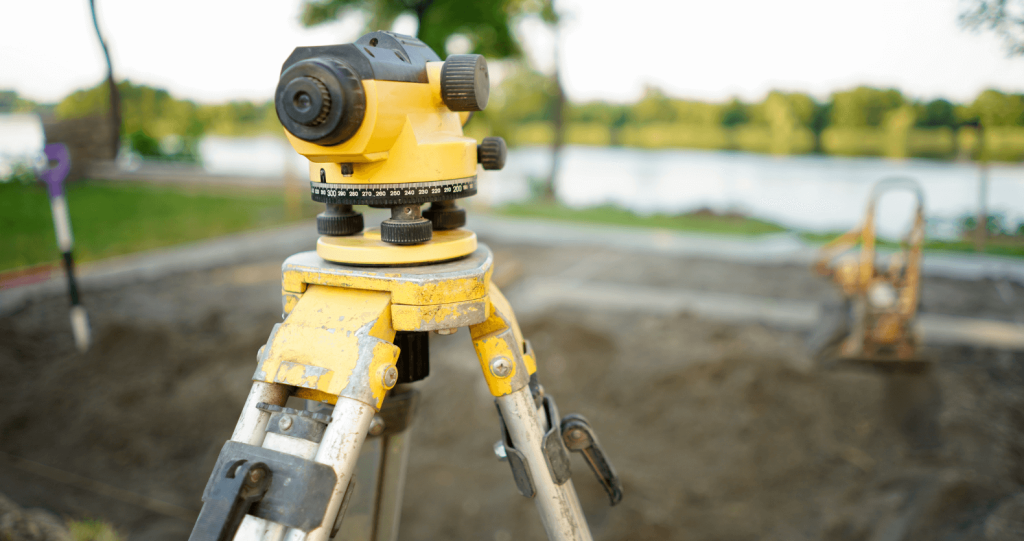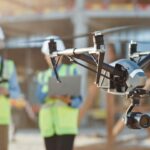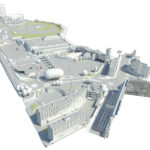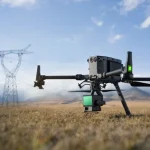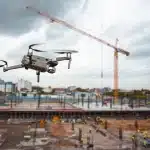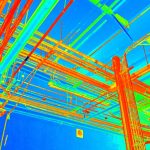Land surveys are essential for various applications, from real estate transactions to construction and urban planning. Whether conducting a drone land survey, a drone roof survey, or a topographic survey, understanding the fundamentals of land surveying is crucial. This guide provides an in-depth overview of land surveying, its types, methods, and applications.
What is Land Surveying?
Land inspection is the process of measuring and mapping land boundaries, elevations, and physical features using specialized equipment. It plays a critical role in property ownership, infrastructure development, and environmental management.
Types of Land Surveys
There are various types of land surveys, each serving a unique purpose. Here are some of the most common:
1. Drone Land Inspection
A drone land inspection utilizes aerial drones equipped with LiDAR (Light Detection and Ranging) and high-resolution cameras to capture detailed topographical data. This method is efficient, cost-effective, and widely used in construction, real estate, and environmental studies.
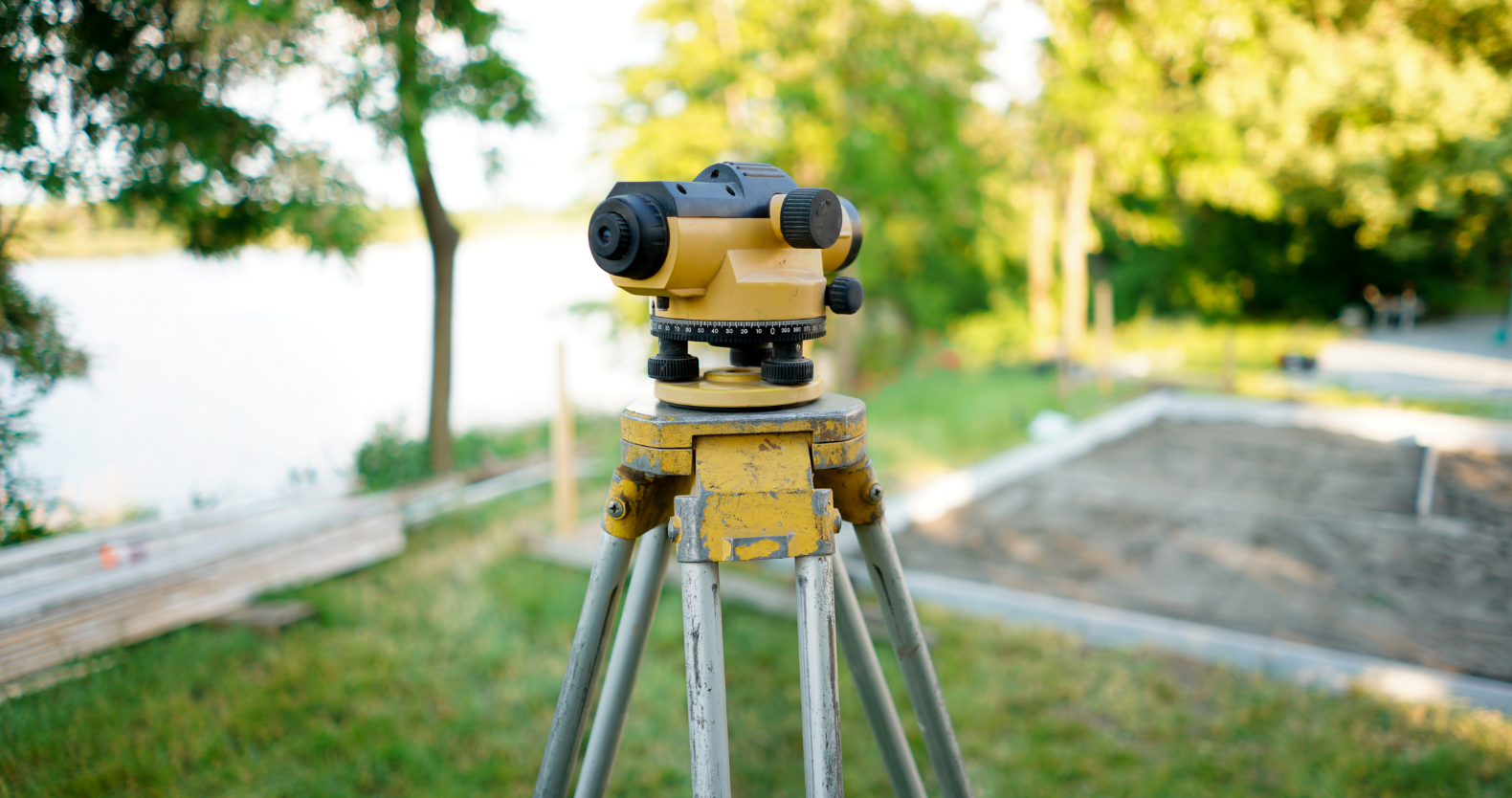
2. Drone Roof Survey
A drone roof survey is a non-intrusive method for inspecting roofs, identifying damages, and assessing structural integrity. This survey reduces risks for inspectors and provides high-quality aerial imagery for analysis.
3. Topographic Survey
A topographic survey measures land elevations, contours, and natural or man-made features. Engineers and architects use this survey for site planning, road construction, and environmental impact assessments.
4. Boundary Survey
A boundary survey determines property lines and land ownership. This survey is essential for resolving property disputes, obtaining building permits, and ensuring legal land transactions.
5. Construction Survey
A construction survey ensures structures are built according to design specifications. It involves staking out reference points and verifying land conditions before and during construction.
6. Cadastral Survey
A cadastral survey records land ownership, divisions, and property boundaries. Governments and municipalities rely on this survey for land registration and taxation purposes.
The Role of Drones in Land Surveys
The integration of drones has revolutionized land inspection, offering numerous advantages over traditional methods:
- Efficiency: Drones survey cover large areas quickly, reducing survey time.
- Accuracy: Equipped with GPS technology, drones provide precise mapping data.
- Safety: Drones eliminate the need for surveyors to access hazardous terrains.
- Cost-Effective: Reduces labor and equipment costs compared to traditional surveying techniques.
Key Steps in Conducting a Land Survey
- Planning and Research: Define the survey scope, review historical land records, and obtain necessary permissions.
- Field Data Collection: Use drones, GPS, and total stations to collect accurate measurements.
- Data Processing: Analyze survey data using GIS software to create maps and reports.
- Legal Documentation: Record findings in official land records and property documents.
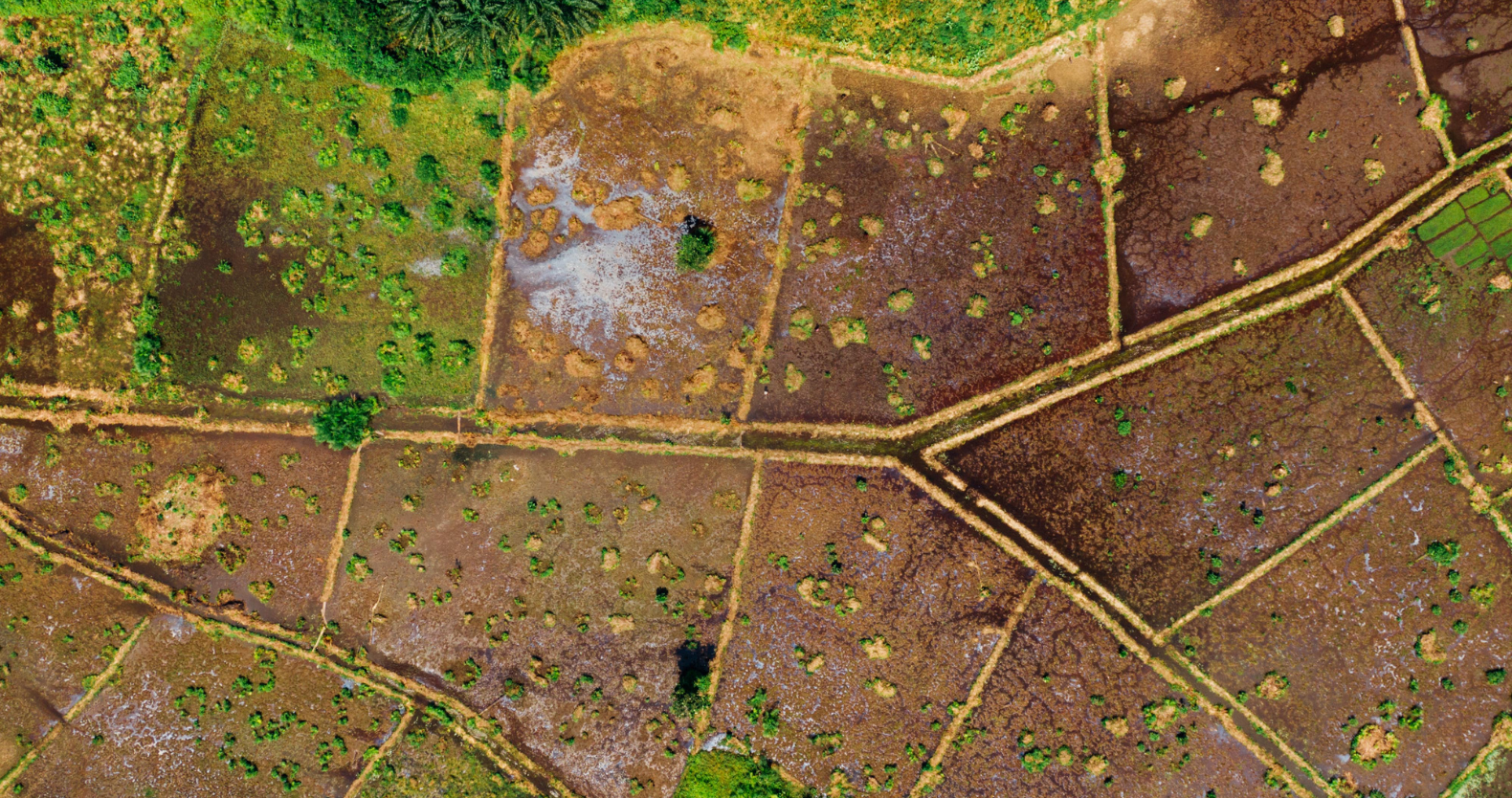
Legal Considerations and Regulations
Conducting a land inspection, particularly a drone land survey, requires compliance with aviation and property laws. Key legal aspects include:
- Permission from Landowners: Always obtain consent before surveying private property.
- Regulatory Compliance: Follow local aviation laws governing drone operations.
- Airspace Restrictions: Avoid restricted zones near airports and government facilities.
- Data Privacy: Ensure survey data is handled responsibly to prevent legal disputes.
Applications of Land Surveys
Land inspections are used in multiple industries, including:
- Real Estate: Determining property boundaries and valuations.
- Construction: Ensuring site suitability and infrastructure planning.
- Agriculture: Monitoring soil health, crop conditions, and land use.
- Environmental Studies: Assessing land changes and conservation efforts.
- Urban Development: Supporting city planning and zoning regulations.
Conclusion
A comprehensive land survey is essential for various industries, ensuring accurate mapping, legal compliance, and efficient land use. Whether performing a drone land inspection, drone roof survey, or topographic survey, utilizing modern surveying techniques enhances precision and efficiency. Understanding land surveying principles and legal considerations allows professionals to make informed decisions, ensuring successful project execution and property management.

